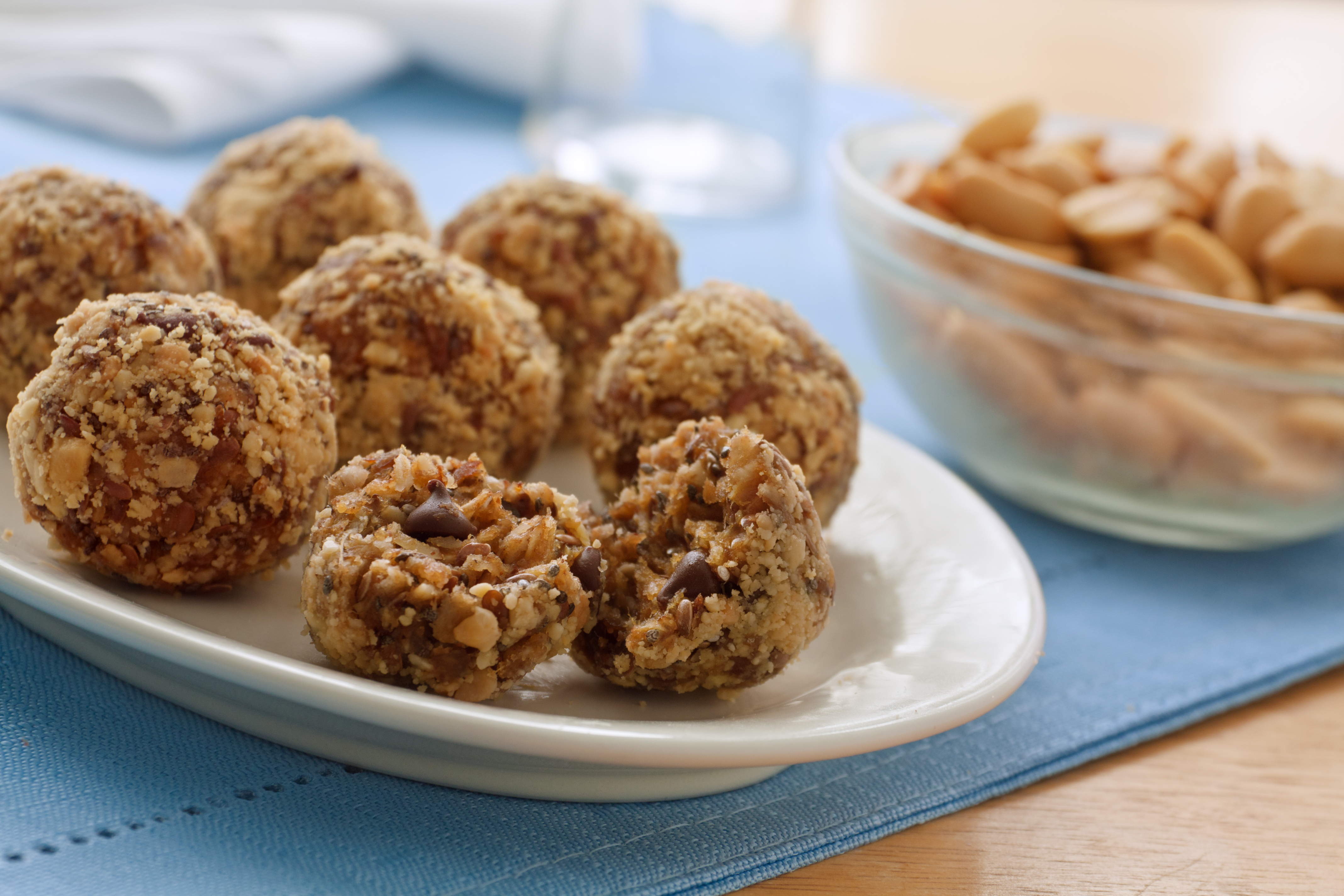March is National Peanut Month! Lovers of the good ol’ PB&J will delight in highlighting the power of this little legume. With so many different peanut butters on the shelves, how do you know which is the best for you? Is it okay that there is so much fat in peanut butter? And, of course, there are those who are allergic or sensitive to peanuts, what is their best option for a convenient spread?

Let’s start by looking at the nutrition facts in peanut butter.
According to the USDA, 2 tbsp of peanut butter offers 16 grams of fat (a majority of which is heart healthy), as well as 7 grams each of protein and carbohydrate, and several vitamins and minerals all for about 200 calories. With nutrition facts like that, it makes sense that peanut butter is the perfect go-to when you’re seeking satiety. It is worth noting, however, that a PB&J made with 2 slices of bread, a tablespoon of jelly and 2 tablespoons of peanut butter offers about 450 calories, which may be more energy than some people need for a snack.
The bottom line: the good-for-you fat and full serving of protein makes peanut butter a great, easy choice. Keep in mind, however, that a full two tablespoons offers long lasting energy and may not be the best match for those who don’t require that much.
What about peanut butter powder?
When peanut butter powder first came on the market, it was positioned as a higher protein alternative to traditional peanut butter that could be reconstituted with water to become a spread that offers fewer calories (2 tablespoons offers 5 grams of protein for only 45 calories and 5 grams of carbohydrate). Today, however, the uses for protein powder are nearly endless. Many people add it to smoothies, oatmeal, batters, and more, while pretty much no one simply turns it into peanut butter spread.
What about other nut butters?
While we are honoring the small-but-mighty peanut this March, it is worth noting that peanut butter is not the only game in town. Many nut butters, including almond, walnut and cashew, can be found on the shelves of your local market. Generally speaking, these nut butters offer the about the same amount of calories, protein and heart healthy fat as peanut butter. I like to remind people that it is quite easy to make these nut butters on your own. Simply grind nuts and olive oil. If you have a high power blender, you can probably just blend these nuts on their own. Once you get the consistency you like, consider adding baking chocolate and a touch of honey or vanilla extract and cinnamon to make your own fun butters!
Push nuts aside all together.
If allergies or sensitivities take nut butters off your list, think about turning to sunflower seed butter, which offers a rich, pure sunflower taste or soy nut butter, a butter made from roasted soy nuts. Both of these options bring all of the convenience of traditional nut butters, but may be more appropriate for some places, such as schools where nuts and nut butters may not be allowed due to allergies.